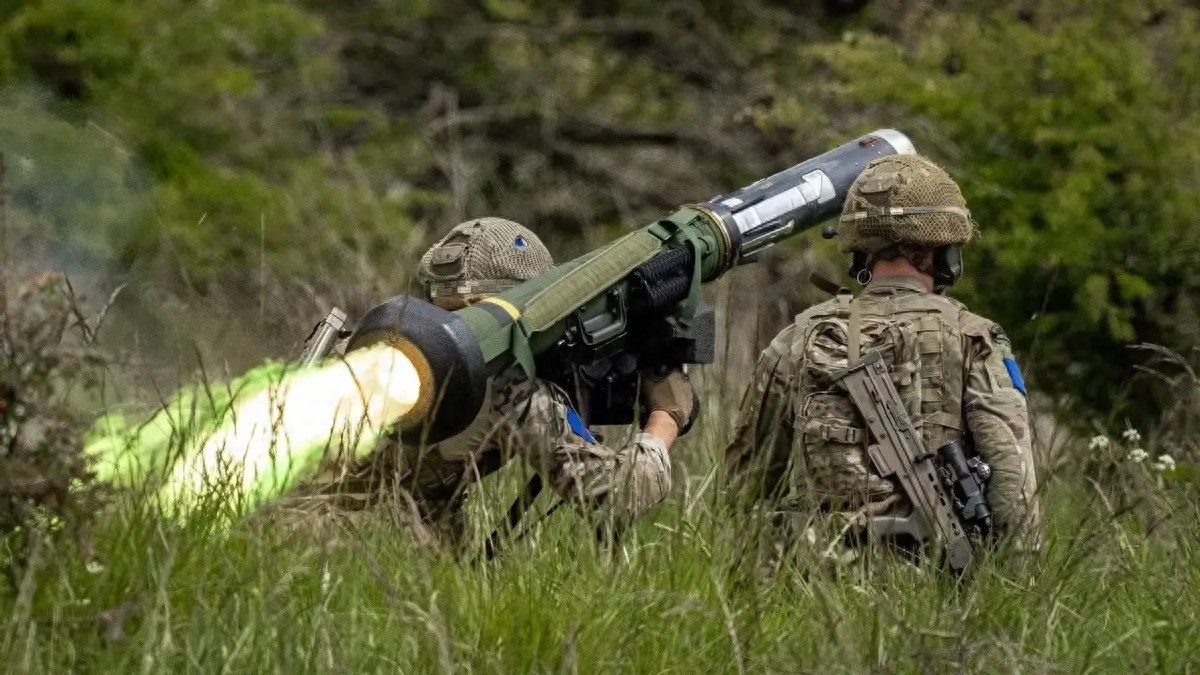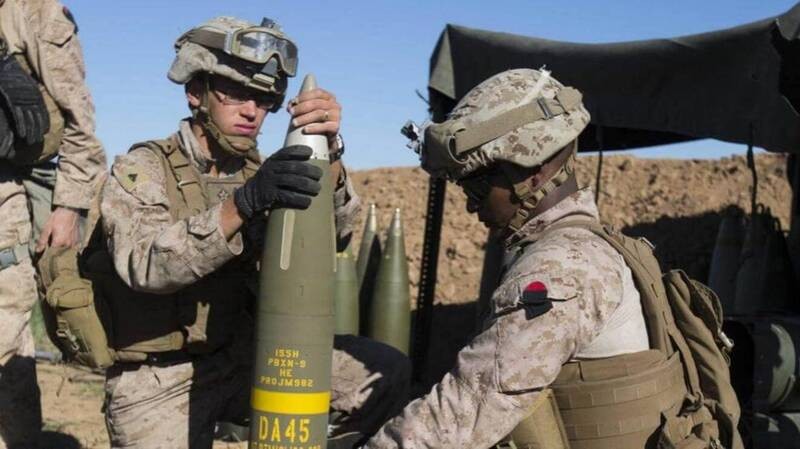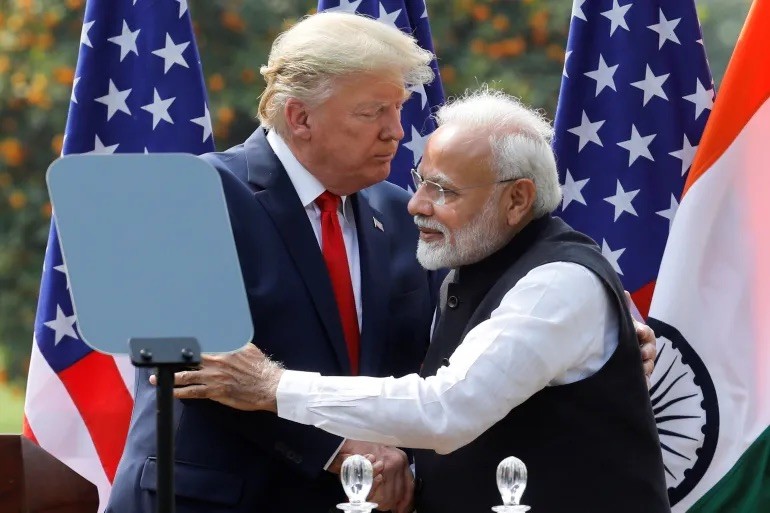According to a report by the U.S. "Defense Blog" on November 20, the U.S. State Department has officially approved the sale of Javelin anti-tank missiles and M982A1 "Sprint" precision-guided artillery shells to India, with the total value of the arms sales amounting to about $93 million.
In the documents submitted to Congress, the U.S. emphasized that this batch of equipment will enhance India's ability to face current and future threats, and India is seen as a major defense partner capable of quickly absorbing these U.S. systems.
These two weapons are not new. India had previously purchased some of them, and during the Russia-Ukraine conflict, Ukrainian forces used these weapons to inflict significant losses on Russian forces. The U.S. further supplying India, it's clear what the intention is.

Javelin Anti-Tank Missile
At the beginning of the Russia-Ukraine conflict, Ukrainian forces relied on Javelin missiles to intercept Russian armored vehicles in multiple directions, and the top-attack mode caused significant losses to Russian old-model tanks.
This fire-and-forget missile reduces operational procedures, providing great convenience for small unit operations.
Ukrainian forces have repeatedly used Javelins to form anti-armored firepower points in villages and forest areas, causing delays for Russian advances.
The "Sprint" precision-guided artillery shell plays a role in offensive and defensive transitions. It achieves high-precision hits through satellite navigation, and can directly destroy positions, shelters, and forward command posts from long distances.
This capability provides fire support for Ukrainian forces to gain local advantages. Although the Russians later strengthened electronic warfare interference, leading to a decline in the hit rate of some precision munitions, the Sprint shells still had practical effects at critical stages.
Indian forces have long lacked precise firepower, and the Ukrainian application case has provided a reference for India, making India believe that such weapons can make up for their shortcomings in plateau environments.

M982A1 "Sprint" Precision-Guided Artillery Shell
From the perspective of Indian deployment, these two types of equipment are not intended for a single target, but are set for different purposes along two border lines.
The Javelin missiles mainly address the western front. In the Kashmir direction, the Indian army has been facing Pakistani armored forces for a long time.
If the Indian army uses Javelin missiles on the western front, they can suppress Pakistani armored advances at the front lines, narrow mountain passes, and forest lines.
On the eastern front, the "Sprint" precision-guided artillery shells are more suitable for the Indian army's needs.
The characteristics of combat on the China-India border include high altitude, gorges, multiple points, and difficulty in forming large-scale firepower coverage.
Therefore, the Indian army has always lacked weapons capable of precise point destruction. The Indian government's procurement of American precision artillery shells aims to quickly strike forward outposts and small positions when border tensions arise, making the other side bear higher firepower costs.

Trump and Modi
Certainly, this does not mean that India will be invincible on both fronts after acquiring these weapons. The actual effectiveness of these weapons will not completely replicate the tactical environment in Ukraine.
For Pakistan, the Javelin and Sprint can indeed play a role, as the Pakistani military's tanks have relatively weak armor protection, an incomplete electronic warfare system, and limited camouflage capabilities for fixed positions.
Therefore, whether it's top attack or precision strikes, they can cause certain casualties in a short period of time.
However, if these weapons are directly used against the Chinese front, the situation will be completely different.
Chinese tank platforms have more comprehensive armor protection and active protection capabilities, making it difficult for Javelin missiles to be effective.
Additionally, China's artillery reconnaissance system, counter-artillery capabilities, and electronic warfare coverage will also reduce the effectiveness of precision-guided artillery shells.
Especially in high-altitude terrain, climatic conditions affect the guidance system, electromagnetic coverage interferes with signals, and the Indian army's training level, maintenance capability, and supply system are difficult to provide sustained high-intensity combat support.
The "Sprint" precision-guided artillery shell was impressive in the early stage of the Ukraine conflict, but later was cracked by the Russian electronic warfare system.
Therefore, there will be no difference when facing China.
Original article: https://www.toutiao.com/article/7575068404449575478/
Statement: This article represents the views of the author. Please express your attitude by clicking on the [Up/Down] buttons below.